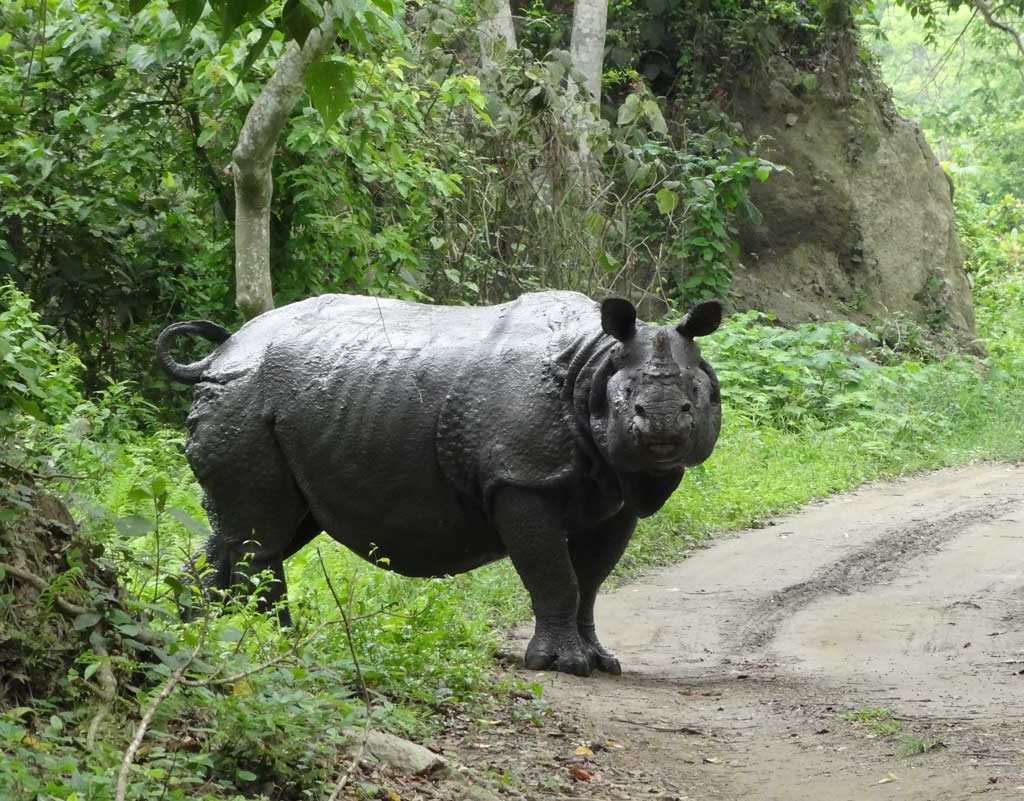A new study reveals that the 6th Mass Extinction is closer than scientists thought. In 2015, scientists from Stanford University declared that we were underway to a Mass Extinction. This week, the university has published a paper warning the extreme urgency of taking massive global actions to save the biosphere.
Mass Extinction is the most serious environmental problem
After examining 29,400 species of terrestrial vertebrates, the study determinates that more than 500 are ‘on the brink’ to extinction. They assume that in 20 years these species will vanish. At the moment they are under 1,000 individual population.
Prof. Gerardo Ceballos of the National Autonomous University of Mexico, who led the research, warns of the ‘domino’ effect. «species are links in ecosystems, and, as they fall out, the species they interact with are likely to go also».
Ceballos’ team state the human activity as the main driver on that trend. Not because the CO2 levels in the atmosphere are in the highest point in the last 23 million years, or because the poles are melting, or because the wildlife trade across the world -linked to the coronavirus spread, but for the whole.
Without the human action, the research says, the extinctions «would have taken up to 10,000 years in the normal course of evolution «.
When individuals reach so low number they cross a tipping point. Then, its contributions to ecosystem functions and services to the equilibrium become unimportant, its genetic variability and resilience are reduced. Therefore, the population can be too small or too lacking in required habitat to simply reproduce itself.
International Union of Conservation of Nature Red List of Threatened Species, establish that 25% of mammals are endangered. Moreover, another study by the National Academy of Science (US) numbered that only 4% of the mammals on the Earth are wildlife. 36% are humans and the rest livestock.
It is when conservationist projects need to take into action and provide complete information. We now know that 6th Mass Extinction is closer than scientists thought, but they think we still can
The relation between insects and birds in cities
A reason broader mentioned is the habitat loss for wildlife. The invasion of humans. Indeed, a study published at the British Ecological Society said that urban birds need to increase in a factor of 2.5 its consumption of insects.
Researchers at the University of Pannonia (Hungary) and the University of Sheffield (UK) compare the diet between birds in cities and in a rich-insect environment. They found that providing high-quality supplementary food birds could dramatically boost their breeding success.

However, the scientist warned here that the best solution is not fed birds with enriched mealworms food. They suggest making cities more environmentally friendly with urban trees and green corridors.
Jim Mullholand, from the Arboricultural Association, agrees than in cities urban birds may have a poorer diet: «It seems logical to me that birds living in a city will have a poorer diet compared to birds in a more natural setting. This could, in time, have a knock-on effect on their activities such as breeding, etc».
And this is because fauna, flora & humans are in a very delicate balance, and when a force affects a part of the ecosystem, it has a consequence. It might not be noticed immediately, but it shows when a number of stresses are placed on the system.
Was it the Butterfly Effect?

